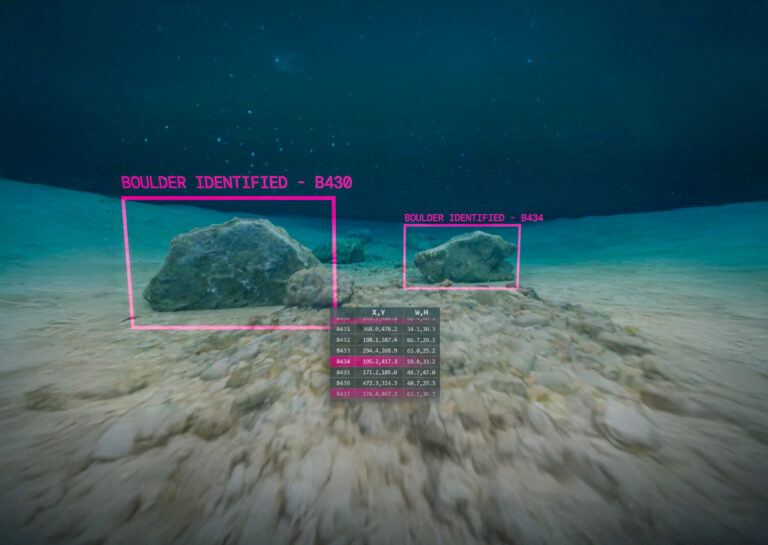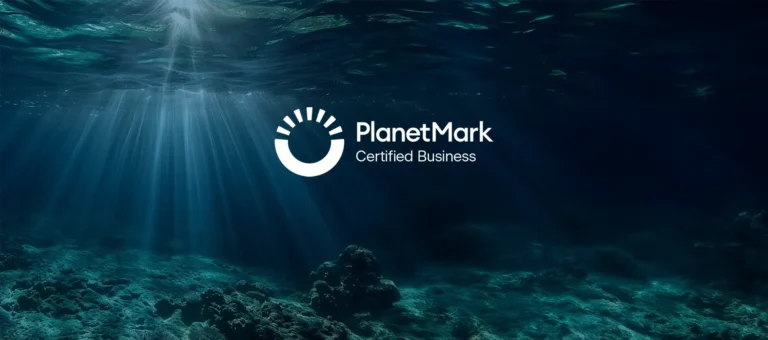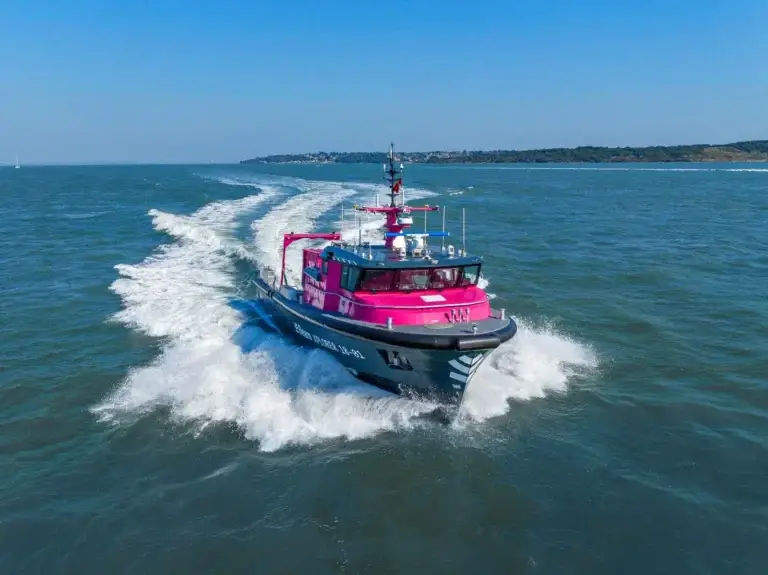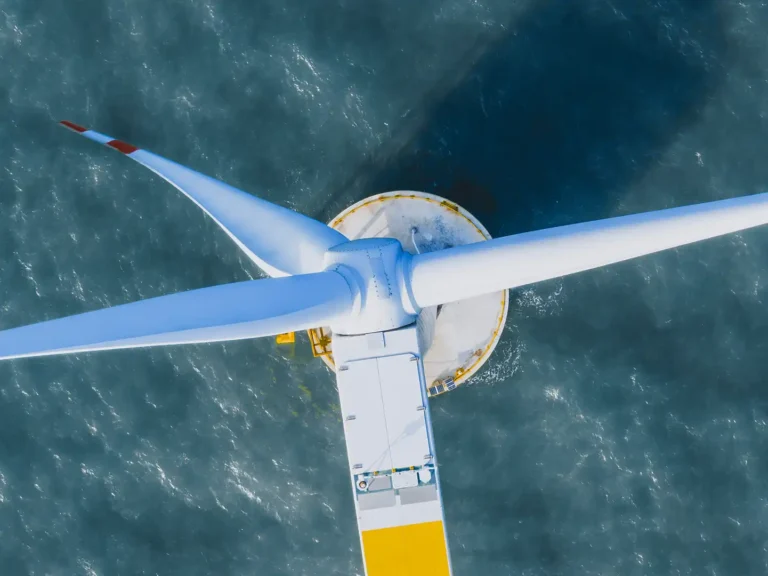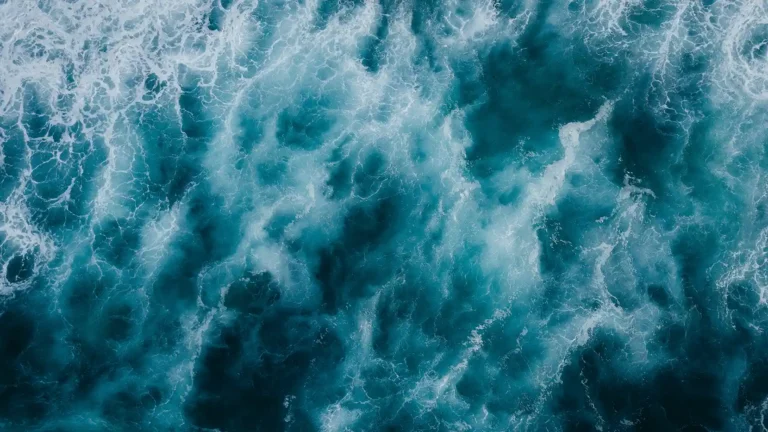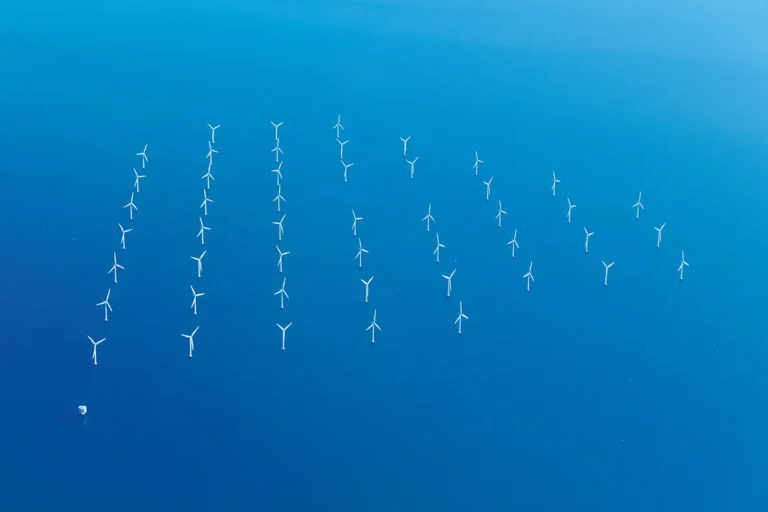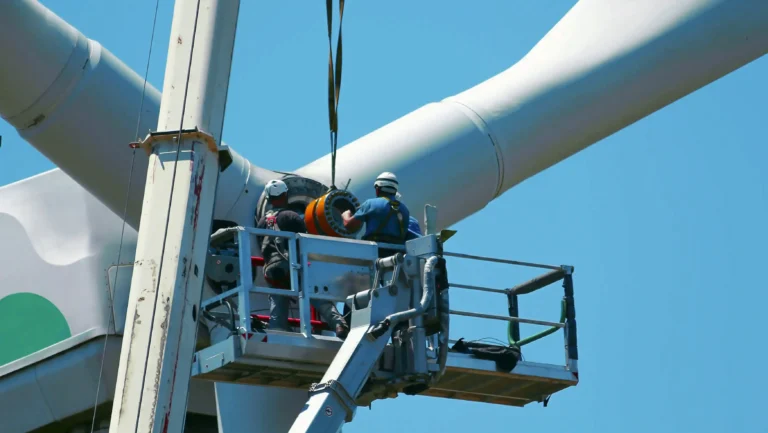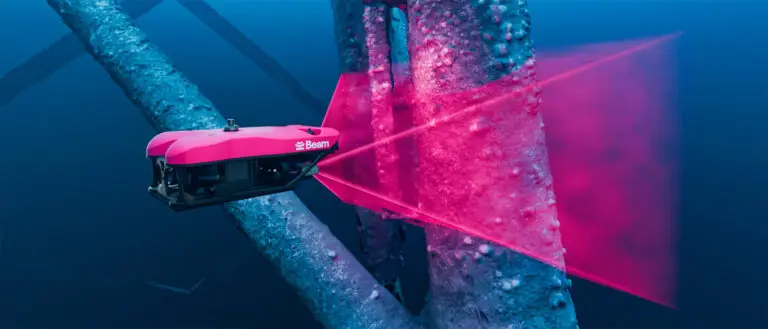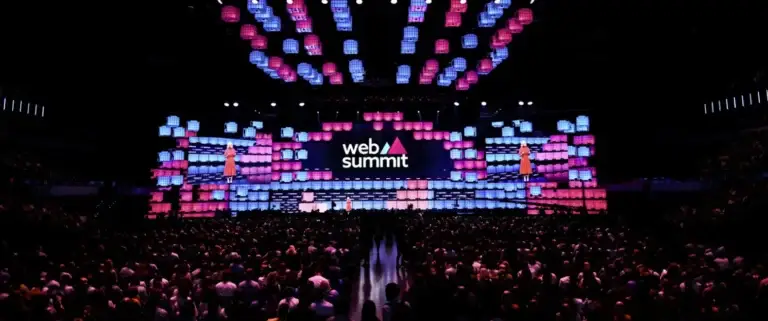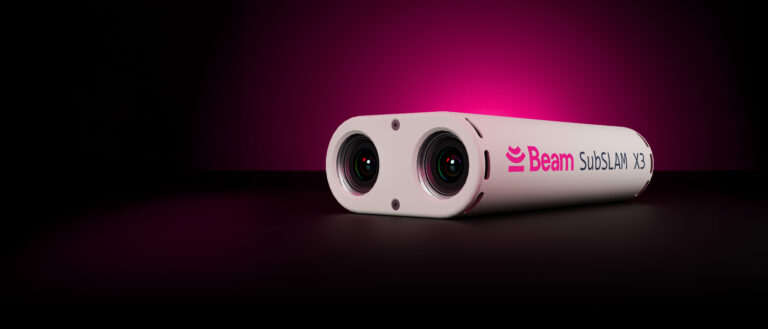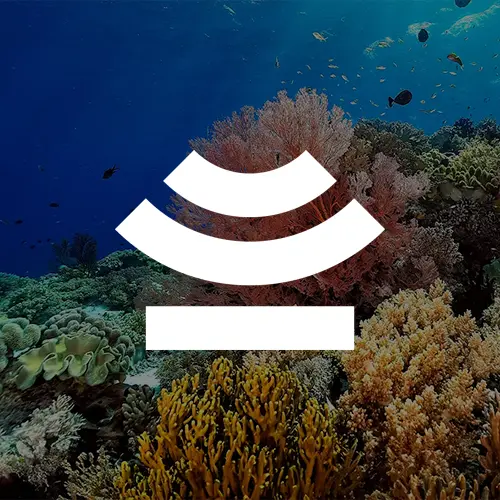
Boulder identification is a vital step in offshore wind site characterisation. Large boulders on the seabed can significantly impact infrastructure placement, cable routing, and ground model development. Traditionally, this process has been slow and manual, taking up valuable time in the wind farm development timeline.
That’s where Beam’s AI-powered boulder-picking tool comes in. Our technology jump-starts geophysical interpretation by providing highly accurate, AI-driven results 400 times faster than traditional methods. This rapid analysis speeds up decision-making, reduces risk, and keeps development schedules on track, ultimately accelerating the path to first power.
In this video, VP of Data & AI, Catherine Seale, and Senior Product Manager, Will Floutier, discuss how this innovative AI-powered solution is transforming offshore wind development.
The boulder-picking process can be time-consuming. Geophysicists can spend up to two minutes manually identifying and measuring each boulder, noting its location, dimensions, height, width, and depth. With our AI tool, we streamline this process, allowing experts to focus on high-level decision-making while the tool handles the heavy lifting.
After the machine learning system processes the data, a quality control phase ensures only the correct boulders are exported. Our proprietary software integrates machine learning results with side-scan sonar data, providing geophysical experts with the most accurate and reliable results.
At Beam, we believe AI isn’t here to replace experts, it’s here to help them work smarter. With the growing workforce shortage in offshore wind, our technology empowers individuals to accomplish more with less.
Feedback from the geophysical team has been overwhelmingly positive, with many impressed by the tool’s thoroughness. They’re excited about the results and are looking forward to being used on future projects.

